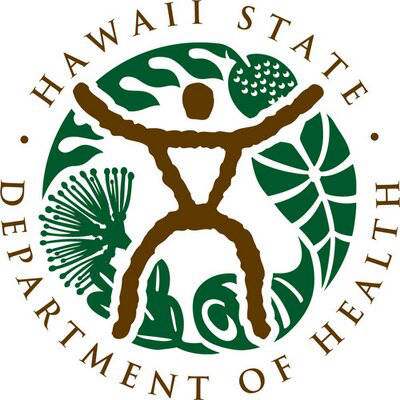An increasing number of Hawaii residents no longer see COVID-19 as much of a threat as they did in the earlier stages of the pandemic, according to a follow-up survey commissioned by the state Department of Health.
The number of respondents who view the virus as a “very serious” health concern has fallen from 73% to 54% in less than two months.
The initial survey was conducted from April 17 to 23, and the follow-up survey was conducted from May 28 to June 7, 2020.
“More alarming than the change in attitude, is its effect on preventive behaviors,” the DOH said in a statement.
While those who say they are social distancing “all of the time” has remained steady at 42%, the follow-up survey shows that fewer Hawaii residents are following current recommendations “most of the time” or “part of the time.”
“It’s critically important for everyone to take COVID-19 seriously,” said Bruce Anderson, director of the Department of Health. “Recently, we’ve seen an increase in cases from community transmission. We cannot interpret the reopening of businesses, restaurants, parks and other places as a license to let our guards down. Indeed, it is more important than ever to adhere to prevention measures we know work.”
Notable differences between the first and second reporting periods include:
A 19% decline among those who are staying away from friends and family members who aren’t a part of the household (from 72% to 53%);
A 14% decline among those who are avoiding large groups and gatherings (from 85% to 71%);
An 11% decline in the number who are staying six feet away from other people (from 74% to 63%);
An 11% decline the number who are staying home as much as possible (from 62% to 51%); and
A 9% drop among those who are avoiding handshakes and hugs (from 88% to 79%).
Respondents also report more recreational activity in the follow-up survey.
This includes an 18% increase in the number of people who are going to the beach (from 35% to 53%) and an 11% increase among those who are hiking (29% to 40%).
However, fewer people say they are eating out, with restaurant visits falling 7% from 48% in the first reporting period to 41%. It is important to note that dine-in service resumed after the follow-up service period.
DOH commissioned Anthology Research to conduct baseline and follow-up quantitative studies of Hawaii residents using both phone interviews and online surveys. Respondents were screened to ensure they were full-time Hawaii residents, at least 18-years-old. The margin of error for a sample of this size is plus or minus 4.20 percentage points with a 95% confidence level.






